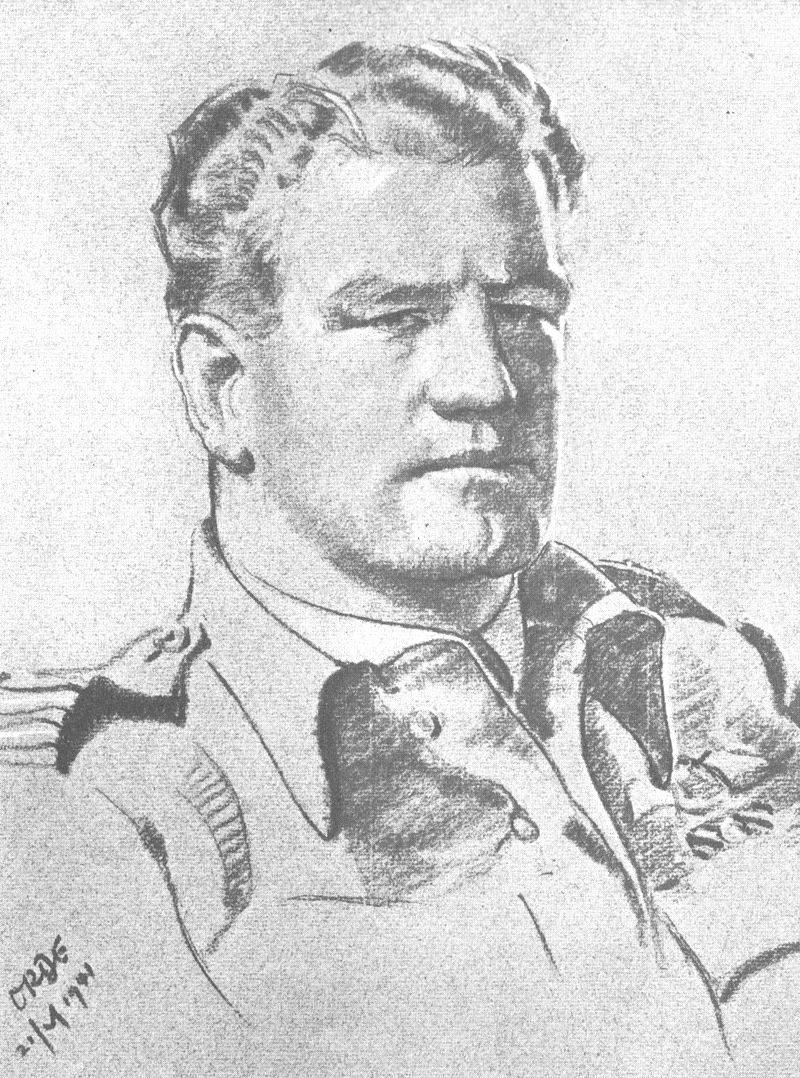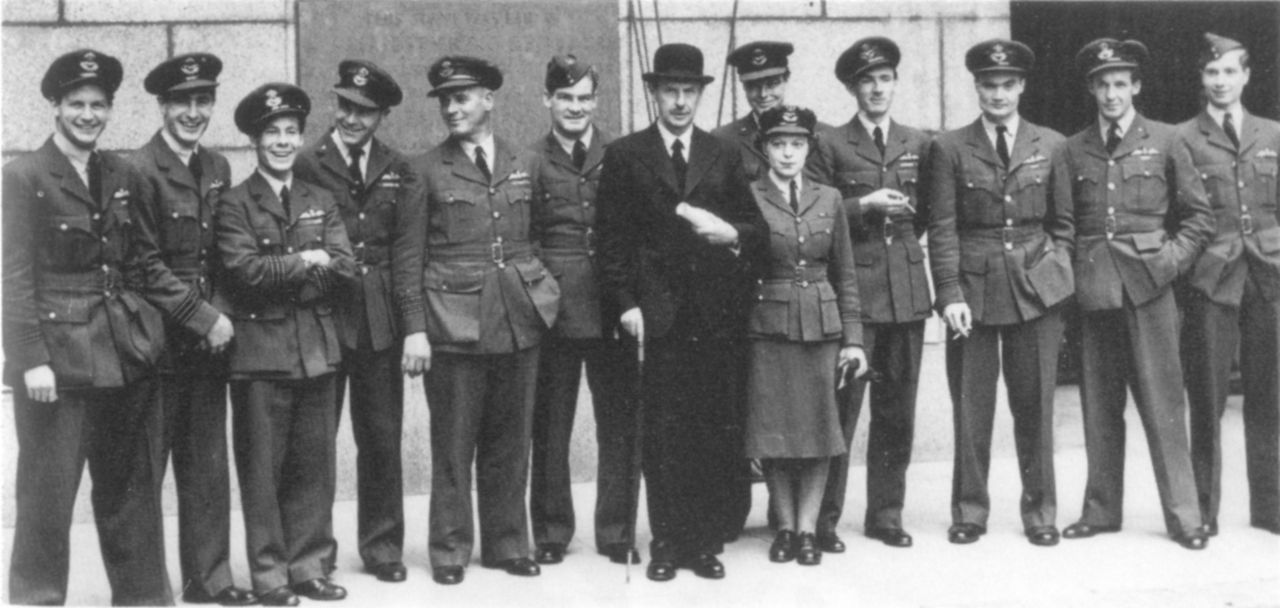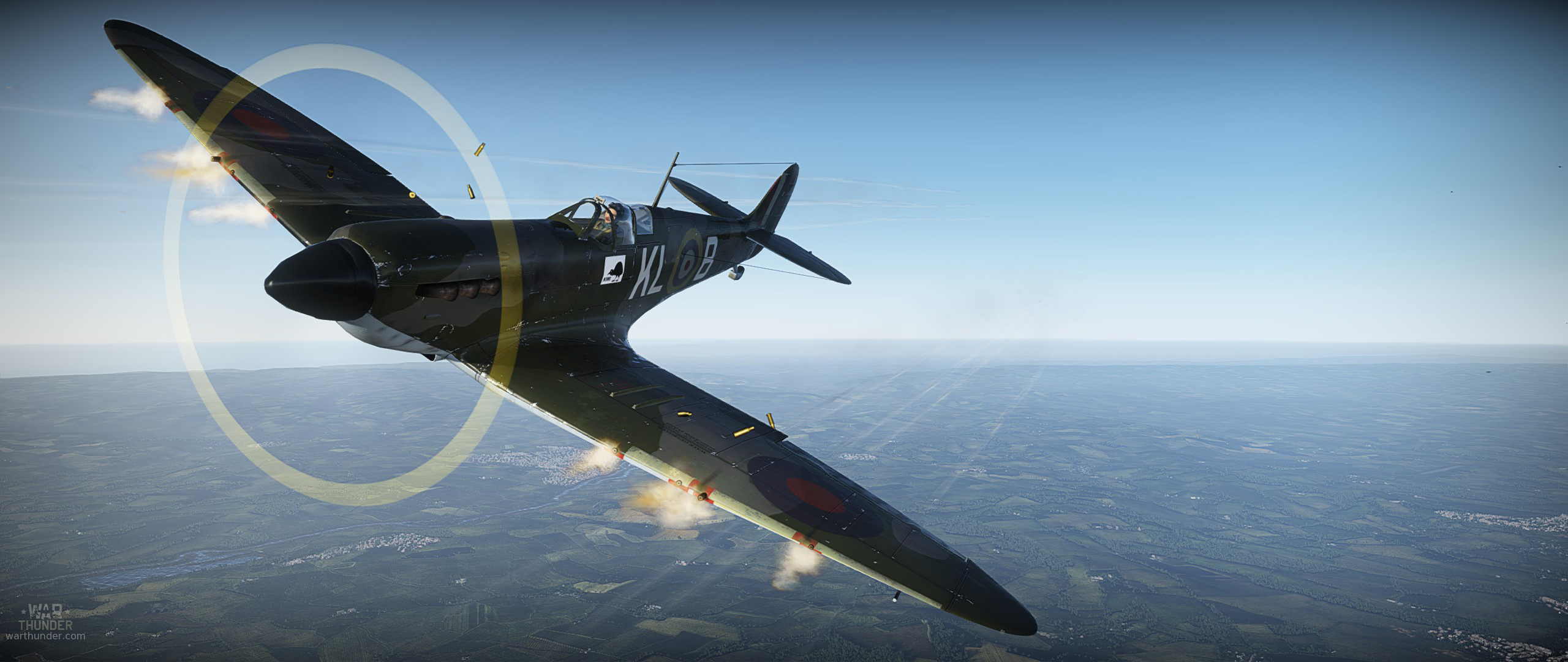
- For PC
- For MAC
- For Linux
- OS: Windows 7 SP1/8/10 (64 bit)
- Processor: Dual-Core 2.2 GHz
- Memory: 4GB
- Video Card: DirectX 10.1 level video card: AMD Radeon 77XX / NVIDIA GeForce GTX 660. The minimum supported resolution for the game is 720p.
- Network: Broadband Internet connection
- Hard Drive: 17 GB
- OS: Windows 10/11 (64 bit)
- Processor: Intel Core i5 or Ryzen 5 3600 and better
- Memory: 16 GB and more
- Video Card: DirectX 11 level video card or higher and drivers: Nvidia GeForce 1060 and higher, Radeon RX 570 and higher
- Network: Broadband Internet connection
- Hard Drive: 95 GB
- OS: Mac OS Big Sur 11.0 or newer
- Processor: Core i5, minimum 2.2GHz (Intel Xeon is not supported)
- Memory: 6 GB
- Video Card: Intel Iris Pro 5200 (Mac), or analog from AMD/Nvidia for Mac. Minimum supported resolution for the game is 720p with Metal support.
- Network: Broadband Internet connection
- Hard Drive: 17 GB
- OS: Mac OS Big Sur 11.0 or newer
- Processor: Core i7 (Intel Xeon is not supported)
- Memory: 8 GB
- Video Card: Radeon Vega II or higher with Metal support.
- Network: Broadband Internet connection
- Hard Drive: 95 GB
- OS: Most modern 64bit Linux distributions
- Processor: Dual-Core 2.4 GHz
- Memory: 4 GB
- Video Card: NVIDIA 660 with latest proprietary drivers (not older than 6 months) / similar AMD with latest proprietary drivers (not older than 6 months; the minimum supported resolution for the game is 720p) with Vulkan support.
- Network: Broadband Internet connection
- Hard Drive: 17 GB
- OS: Ubuntu 20.04 64bit
- Processor: Intel Core i7
- Memory: 16 GB
- Video Card: NVIDIA 1060 with latest proprietary drivers (not older than 6 months) / similar AMD (Radeon RX 570) with latest proprietary drivers (not older than 6 months) with Vulkan support.
- Network: Broadband Internet connection
- Hard Drive: 95 GB
Spitfire MkI, KL.B, Ser.No. N3183, No. 54 Sqn RAF, flown by PltOff A. Deere, Hornchurch, May 1940, created by Bineos_si | Download here
Born in Westport on the South Island of New Zealand in December 1917, Alan Christopher Deere was the the third of six sons of postal worker Terrence Deere. The family soon moved to Wanganui on New Zealand’s North Island, and it was here that the young Deere first had the opportunity to sit in an aircraft and made the decision to be a pilot when he was older. More of a physical than an academic youth, Deere represented his school at several sports before finishing education and finding employment briefly as a shepherd and then as a law clerk. However, at the age of 19 he followed his childhood dream and joined the Royal Air Force, setting sail for Britain in September 1937.
 |
| Alan Deere portrait by Cuthbert Orde, 1941 |
Whilst carrying out his initial training, the first in a series of death defying incidents occurred which gave Deere a reputation for leading a blessed life. Deere was selected for the RAF boxing team, but with war approaching he was told that his flying training took priority. The RAF boxing team departed for a tour of South Africa; their aircraft crashed en route in Bulawayo (modern day Zimbabwe) killing all on board. After completion of training, Flying Officer Deere was posted very briefly to No.74 Squadron in September 1938, equipped with Gloster Gauntlets, before then moving across the airfield to fly Gladiators with No.54 Squadron, also based at RAF Hornchurch.
In March 1939 the squadron began their conversion to Supermarine Spitfires, and Deere had another lucky escape when his oxygen system failed at altitude and he lost consciousness, coming to just in time when his Spitfire was only seconds away from smashing into the ground. With Britain declaring war on Germany in September 1939, No.54 Squadron’s opening months of conflict were far from eventful. Tasked with home defence, Deere and his comrades flew seemingly endless defensive patrols. However, after the BEF’s defeat in France, No.54 Squadron became involved with flying cover over British forces during the retreat across France. On May 23rd, the Commanding Officer of No.74 Squadron was shot down and managed to make a force landing at an airfield at Calais-Marck. A daring rescue attempt was planned with Flight Lieutenant Leathart of No.54 volunteering to fly a Miles Magister basic training aircraft to go and recover the downed CO; Deere flew one of the two Spitfire escort.
With the Magister on the ground and the pick up being made, six Bf109s dived down to attack. Deere turned to engage, shooting down two German fighters and firing at a third before running out of ammunition – a third 109 was also shot down by the second escorting Spitfire, and the rescue was a success: all three pilots were later awarded a DFC by King George VI. Deere’s participation in the cover of the BEF was not over; he shot down a third 109 on the same day, and a further three German fighters in the next three days. On May 28th he was shot down by the gunner of a Dornier Do17, and evacuated with the soldiers he was trying to defend from the beaches of Dunkirk.
Involved in the thick of the fighting during the Battle of Britain, Deere shot down a further seven enemy fighters and a bomber. However, Deere’s reputation for phenomenal luck and invincibility began to cement itself; he survived a mid air collision with a Bf109, being shot down twice (once by a Spitfire) and being bombed whilst attempting to take off. By the end of the battle, Deere had been promoted to Flight Lieutenant and had been awarded a bar to his DFC.
 |
| Deere with fellow Battle of Britain pilots at a reunion in London in September 1942. Deere is shown to Dowding's immediate leftI |
After being removed from the front line for a period of rest, Deere was employed as an instructor for pilots converting to the Spitfire. In January 1941 he was involved in a mid air collision with another Spitfire and his parachute failed to fully open. Deere’s guardian angel stepped in yet again, and the New Zealander survived the fall by landing in raw sewage at a treatment plant. After a posting as Operations Controller at RAF Catterick, Deere returned to the front line as a Flight Commander with No.602 Squadron at Ayr, Scotland – here he survived another forced landing after an engine failure. Deere was promoted to Squadron Leader in July 1941 and took command of No.602, before moving to RAF Kenley and shooting down a Bf109 on the first day of operations back in England.
1942 was an eventful year for Deere, with a lecturing tour of the United States to teach US pilots about air combat tactics, several months as CO of No.403 Squadron RCAF, completion of a staff course at RAF Staff College and a posting to HQ of No.13 Group. Soon tiring of staff work, Deere pushed for a return to combat and flew briefly with No.611 Squadron at RAF Biggin Hill before taking command of the Biggin Hill Wing. Leading over 100 sorties as Wing Leader, Deere was awarded the DSO for his inspiring leadership.
In September 1943 Deere was made Commanding Officer of the Central Gunnery School at Sutton Bridge. This almost spelled an end to his front line career; he took command of the Free French Fighter Wing for D-Day and the subsequent air campaign over Normandy, but after the allies gained a foothold in continental Europe, Deere was soon given another staff appointment before being made station commander of RAF Biggin Hill. It was here he ended the war, being awarded an OBE shortly before the end of hostilities. His combat career ended with 22 victories.
After the war, Deere married and became a father, was given a permanent commission in the RAF and settled in Britain. A varied career of flying appointments, staff jobs and even a period as Aide-de-camp to the Queen punctuated a highly successful career before his retirement in 1967. Following this he played an active part in the development of sport in the RAF, and joined Adolf Galland and Robert Stanford-Tuck as advisors during the filming of the movie ‘Battle of Britain.’ Al Deere, one of New Zealand’s greatest fighter leaders, succumbed to cancer in September 1995. His ashes were scattered over the Thames by a Battle of Britain Memorial Flight Spitfire.
About The Author
 |
Mark Barber, War Thunder Historical Consultant Mark Barber is a pilot in the British Royal Navy's Fleet Air Arm. His first book was published by Osprey Publishing in 2008; subsequently, he has written several more titles for Osprey and has also published articles for several magazines, including the UK's top selling aviation magazine 'FlyPast'. His main areas of interest are British Naval Aviation in the First and Second World Wars and RAF Fighter Command in the Second World War. He currently works with Gaijin Entertainment as a Historical Consultant, helping to run the Historical Section of the War Thunder forums and heading up the Ace of the Month series. |




